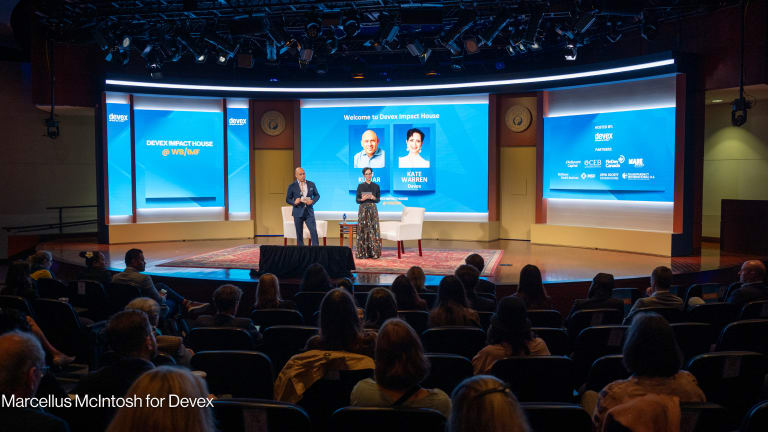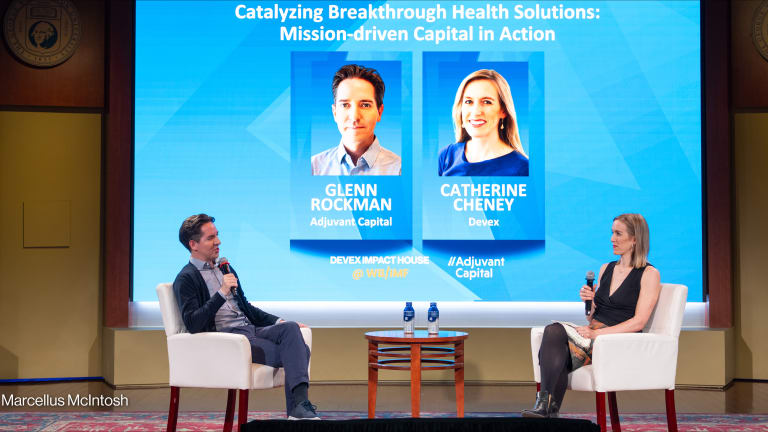
Even when a solution shows promise, the hard work of attempting to scale that solution has just begun. But scaling these solutions is absolutely critical if we want to match the magnitude of the challenges that we are trying to solve.
One of the promising pathways towards achieving scale is through partnerships. However, partnerships can be complex and, through our work at the Center for the Advancement of Social Entrepreneurship, or CASE, we often see social entrepreneurs struggling to get partnerships right. Through this lens, we share three tips to consider as you investigate potential partnerships:
1. Diversity brings challenges: take the time to understand and embrace differing motivations.
A trend that we continue to see across the social impact space is the rise of trisector partnerships, bringing the nonprofit, for-profit and government sectors together to tackle complex social challenges. However, the power of these partnerships — the diverse perspectives each sector brings to the problem — are also the reason they can be so challenging to implement.
As Leigh Morgan, COO of the Bill & Melinda Gates Foundation, recently told CASE, “diverse perspectives are absolutely the key, the linchpin, to getting things done” but “one of the things I’ve learned is that issues related to culture and incentives and motivations for driving change really differ across the sectors.”
Therefore, spending the time to truly understand the motivations and incentives of each partner and develop a shared vision is critical to partnership success.
When Riders for Health, an organization in Africa that focuses on “last-mile” health care delivery, first attempted to bring government into their work, they were met with disinterest. By spending the time to better understand the government’s motivations and incentives, the organization tailored its approach to focus on cost savings, leading to a more receptive audience that could see a shared vision. Riders for Health now serves approximately 14 million people across Africa.
2. It’s not all about the money: utilize all the assets your partners bring to the table.
At the Center for the Advancement of Social Entrepreneurship, we’re obsessed with one question: How do social entrepreneurs leap the chasm from idea to sustainable impact at scale? Based at the Fuqua School of Business at Duke University, CASE has been tackling this and related questions for the past 15 years. Learn more about CASE here.
One mistake we often see from social ventures is not utilizing all the assets that partners can bring to the table. Looking narrowly at a corporate or government partner as a source of financial capital but disregarding their ability to bring other forms of capital as well — human, technological, intellectual — is a missed opportunity that will not only slow your efforts to scale but may leave partners feeling dissatisfied.
A major corporation once shared with us that they were frustrated that their nonprofit partners look to them only as a “checkbook” and not the product and market expertise that they were excited to bring to bear.
In 2012, nonprofit Operation ASHA partnered with Microsoft to utilize their technical expertise to solve one of the most critical issues facing tuberculosis eradication: antibiotic treatment compliance. The two organizations worked together to develop a biometric system that allows health care workers to effectively track antibiotic compliance of their patients and prevent the spread of antibiotic-resistant tuberculosis. Operation ASHA could have looked at Microsoft as only a source of financial capital, but by utilizing its technical expertise the partnership helped to scale Operation ASHA’s impact.
3. Let go to go further: share control to accelerate impact.
While partnerships can bring additional resources, they do come at an expense — you must cede some control over to your partners. Partners need to be on an equal platform or you run the risk of partners with less control becoming disengaged or uncooperative over time.
“The fear of things going wrong is what keeps us from delegating,” said Ashvini Vyas, COO of Operation ASHA, “but not delegating prevents us from going further.”
As CASE has discussed before, consider allowing partners to take control of parts of the value chain to maximize speed and impact. SevaMob — a for-profit social venture that provides mobile primary health care clinics in remote parts of India — often partners with nonprofits already operating in the regions where they bring their clinics. The venture focuses on quality control, while the nonprofit partners market the clinic services and help with client acquisition.
“The smaller the piece you have in the system the faster you can scale,” said Shelley Saxena, founder of Sevamob, of these types of partnerships.
While there are many pathways to scale, partnerships can be an effective tool to help your organization scale its impact faster and more efficiently than taking the road alone. By focusing on these simple tips, we hope more partnerships will excel and be effective in solving the world’s greatest challenges.
Making Markets Work is an online conversation to explore what’s being done to make global health care markets accessible to people at the base of the pyramid. Over 10 weeks, Devex and its partners — The Abraaj Group, Philips and Population Services International — will amplify the discussion around effective health financing, analyze key challenges blocking universal market access in the health care supply chain, and explore the key strategies to make markets more effective. Join us as we look at this important issue, and share your thoughts by tagging #MakingMarketsWork and @Devex.









